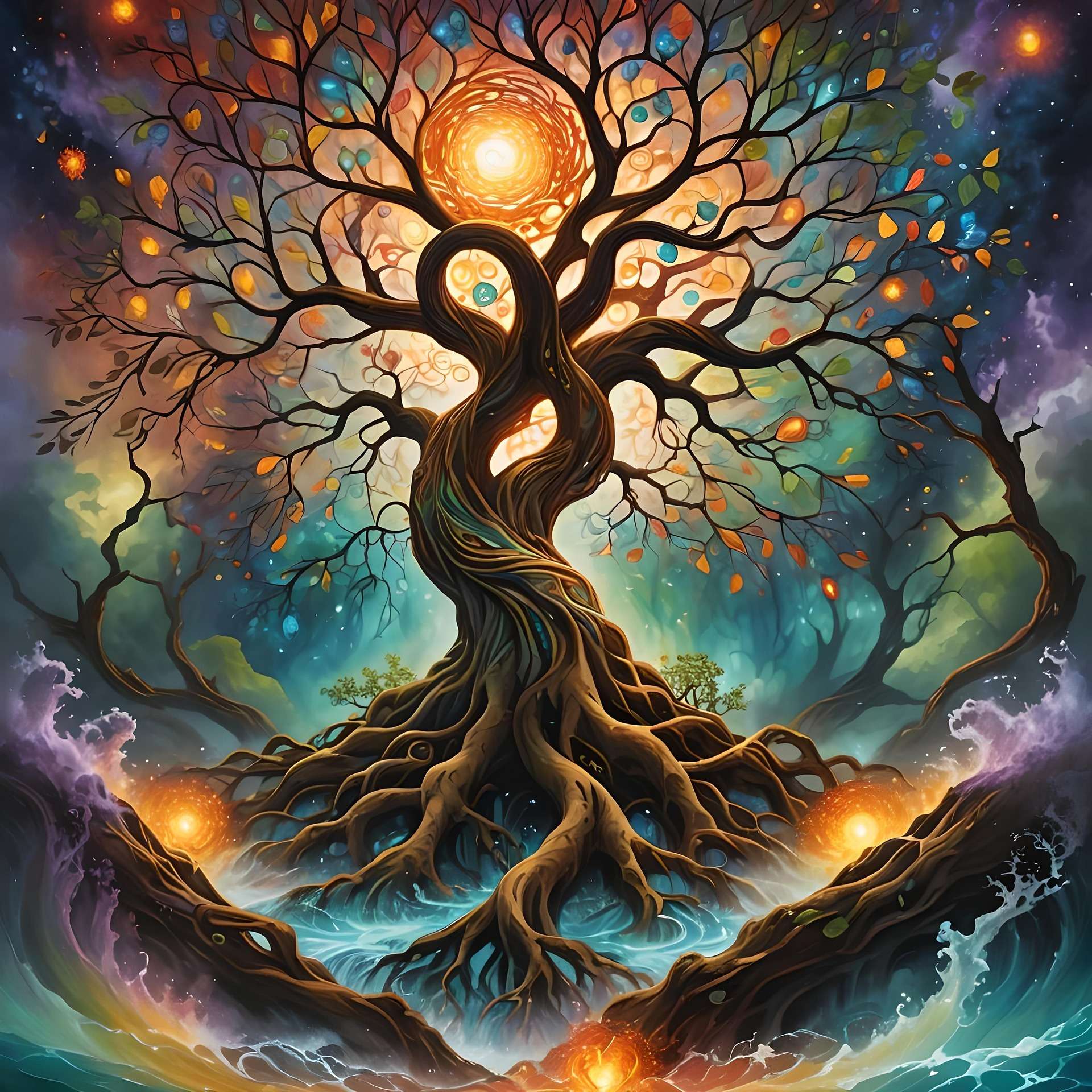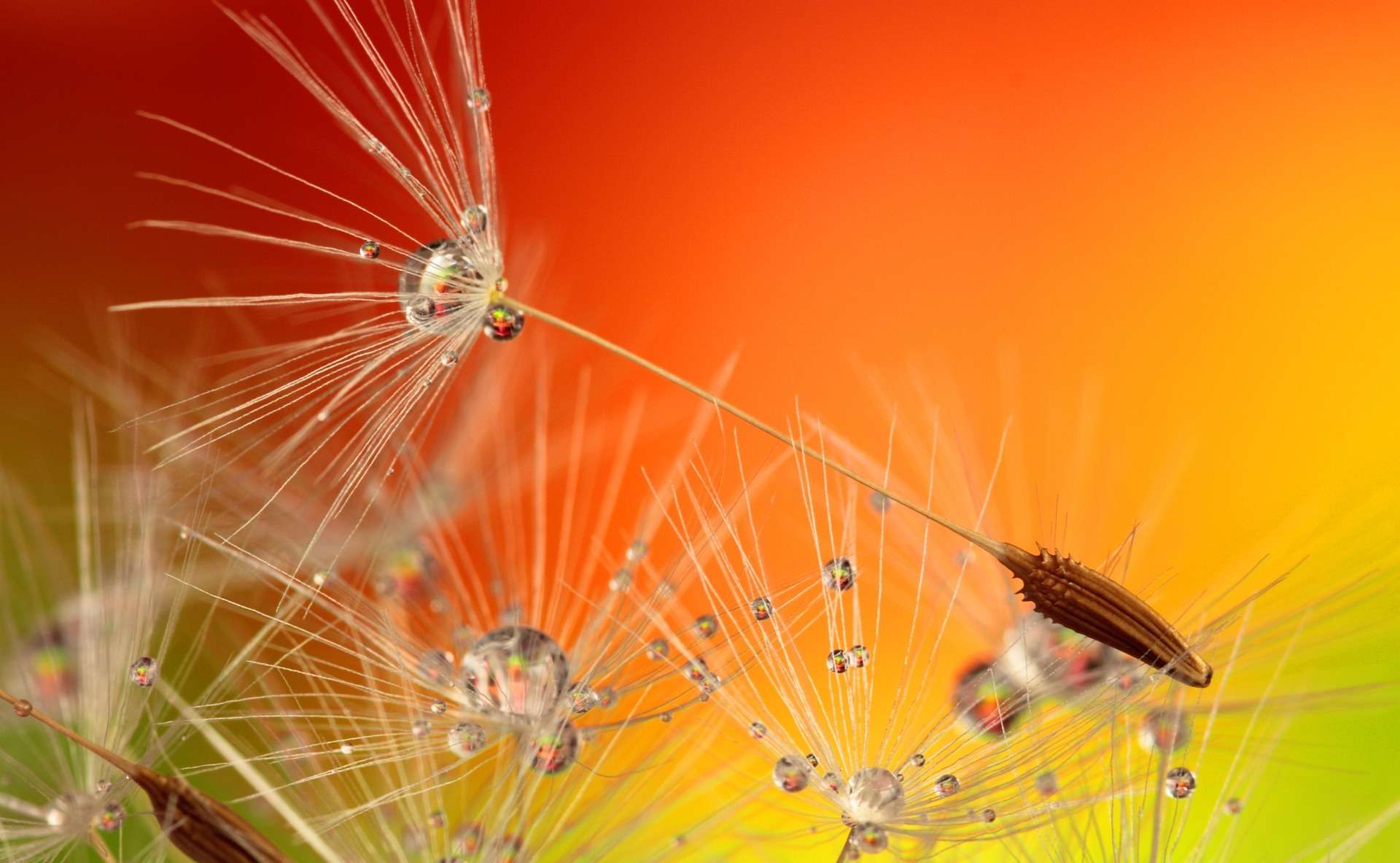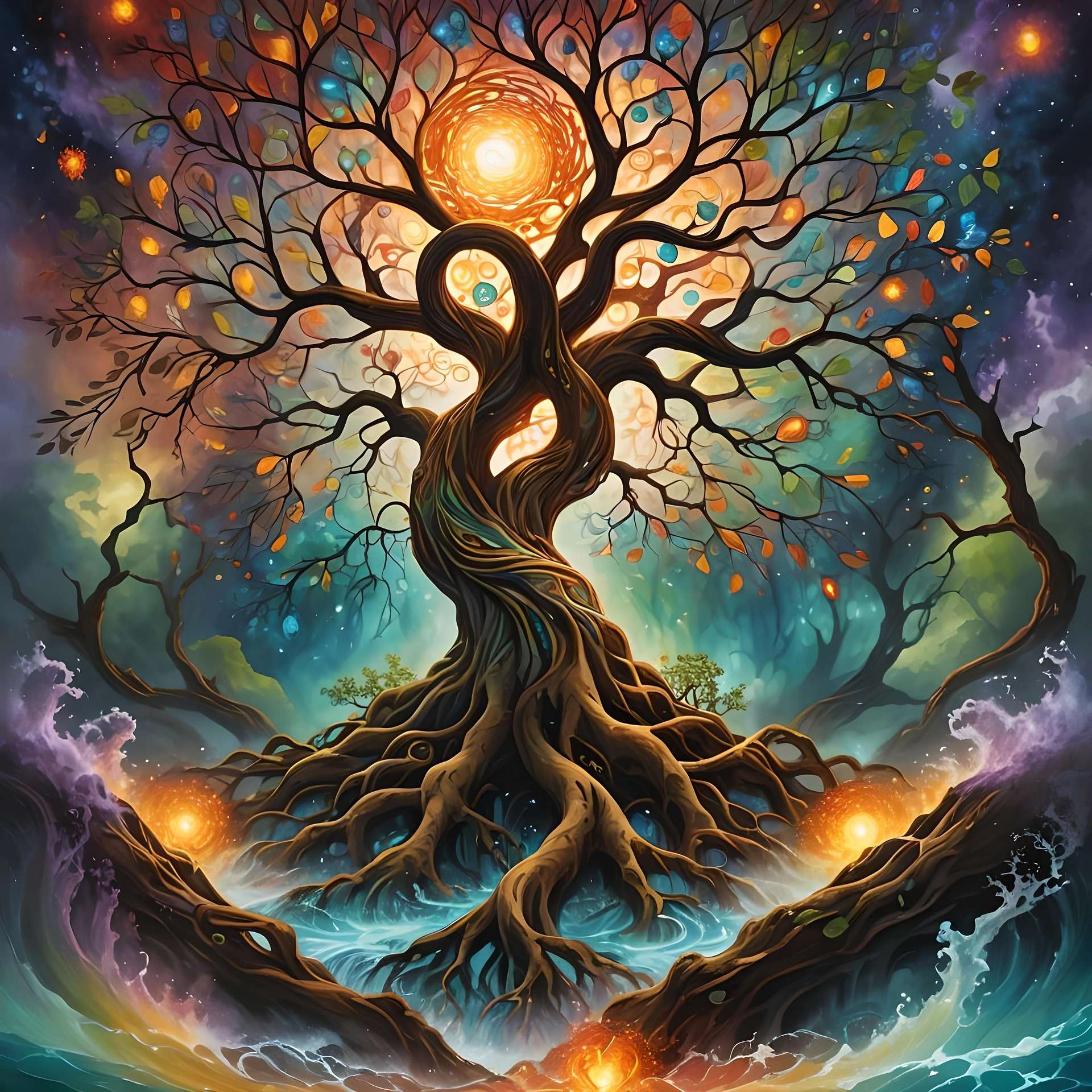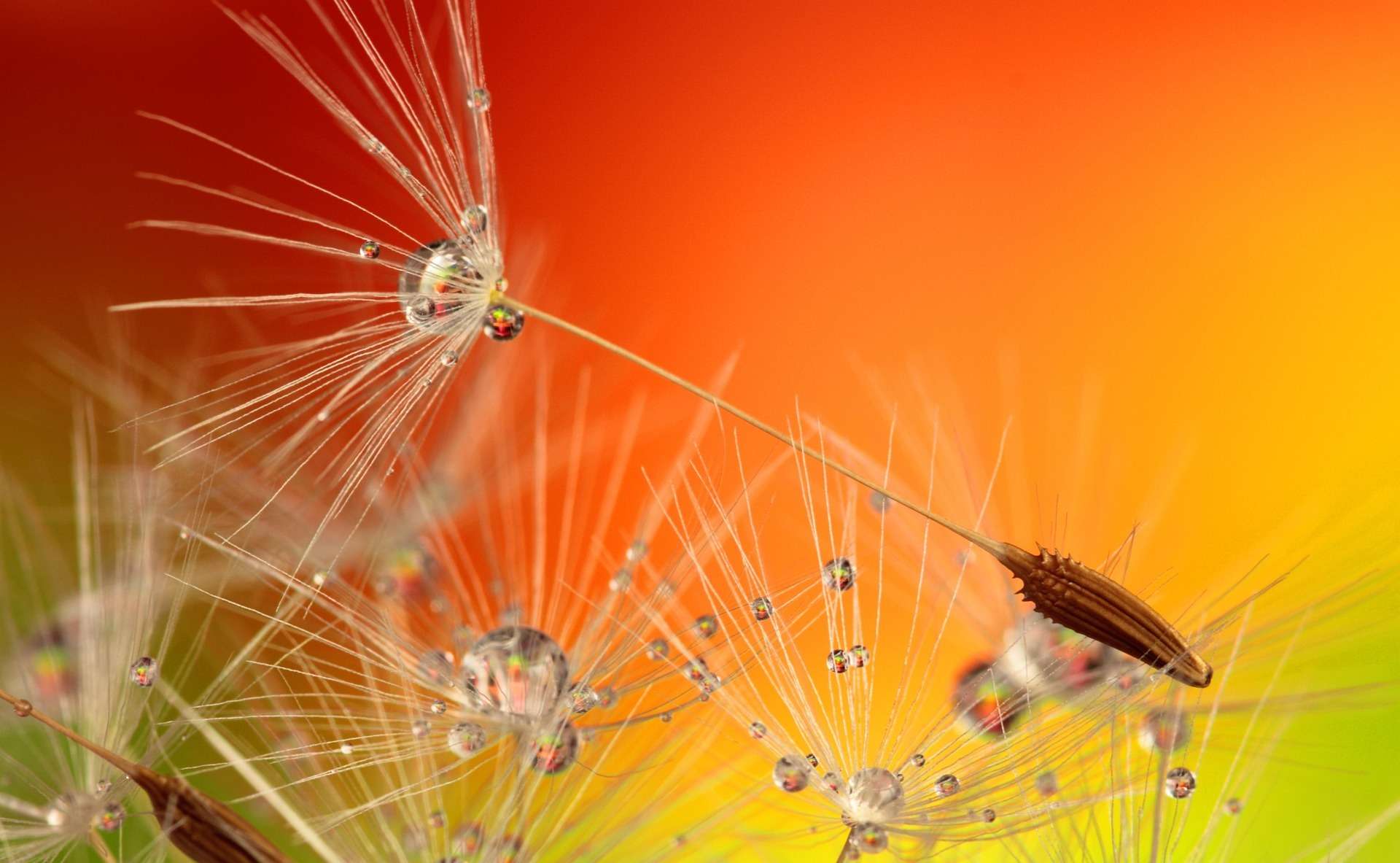Healing Reflections
Gentle Wisdom for Your Grief Journey

Sacred Cycles
Death is often viewed as something to fear, resist, or avoid at all costs. Yet, when we pause and look at nature, we see that death is woven into every cycle of life...

Beyond the Veil
When someone we love passes, we may wonder: Where are they now? Are they truly gone?...

Love Beyond Time
At the heart of grief is love. We grieve because we have loved deeply, and when someone we love passes, it can feel as though love has been severed...

Through Grief’s Eyes
The passing of a loved one is often one of the most painful experiences we endure. And yet, within that pain lies a mirror—a chance to reflect deeply on how we are living our own lives...

The Quiet Strength of Stillness
When grief washes over us, the world’s noise can feel unbearable, amplifying the silence left by our loved one’s absence.

Roots of Resilience
Grief can uproot our sense of stability, leaving us adrift in a sea of sorrow. Yet, within us lie roots of resilience—deep strengths forged by love and memory that help us stand tall again.

The Healing Tide of Tears
Tears are often seen as a sign of weakness, but in grief, they are a powerful tide, carrying both pain and healing. Like rain that nourishes the earth, crying allows us to release what’s heavy and make space for hope.

Seeds of Joy in Sorrow
Grief can feel like a shadow that dims life’s light, but even in sorrow, there are seeds of joy waiting to sprout. Like wildflowers pushing through cracked earth, moments of laughter or connection can bloom unexpectedly.







